Everglades National Park
Peble Jeine
Everglades National Park is a national park in the U.S. state of Florida that protects the southern 25 percent of the original Everglades. It is the largest subtropical wilderness in the United States, and is visited on average by one million people each year. It is the third-largest national park in the lower 48 states after Death Valley and Yellowstone. It has been declared an International Biosphere Reserve, a World Heritage Site, and a Wetland of International Importance, only one of three locations in the world to appear on all three lists.
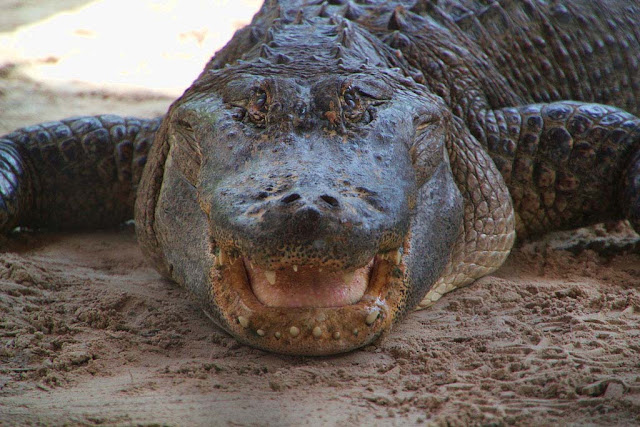 |
| Everglades National Park |
Unlike most U.S. national parks, Everglades National Park was created to protect a fragile ecosystem instead of safeguarding a unique geographic feature. The Everglades are wetlands created by a slow-moving river originating in Lake Okeechobee, fed by the Kissimmee River, and flowing southwest at about .25 miles (0.40 km) per day into Florida Bay. The park protects an interconnected network of marshland and forest ecosystems that are maintained by natural forces. Thirty-six species designated as threatened or protected live in the park, including the Florida panther, the American crocodile, and the West Indian manatee.
The park protects the largest U.S. wilderness area east of the Mississippi River, is the most significant breeding ground for tropical wading birds in North America, and contains the largest mangrove ecosystem in the western hemisphere. More than 350 species of birds, 300 species of fresh and saltwater fish, 40 species of mammals, and 50 species of reptiles live within Everglades National Park. All of South Florida's fresh water, which is stored in the Biscayne Aquifer, is recharged in the park.
Although humans have lived in the Everglades for thousands of years, not until 1882 did the region begin to be drained for agricultural or residential use. In the 20th century the natural water flow from Lake Okeechobee was controlled and diverted to the explosive growth of the South Florida metropolitan area. The park was established in 1934 to protect the quickly vanishing Everglades and dedicated in 1947, the same year massive canal-building projects across South Florida began to divert water away from the park. The ecosystems in Everglades National Park have suffered significantly from human activity, and the repair and restoration of the Everglades is a politically charged issue in South Florid.


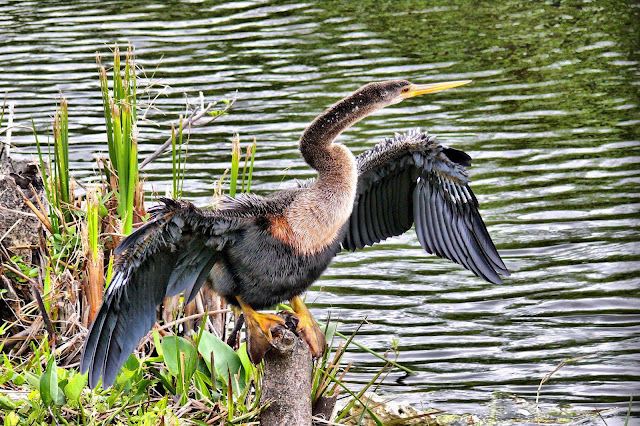







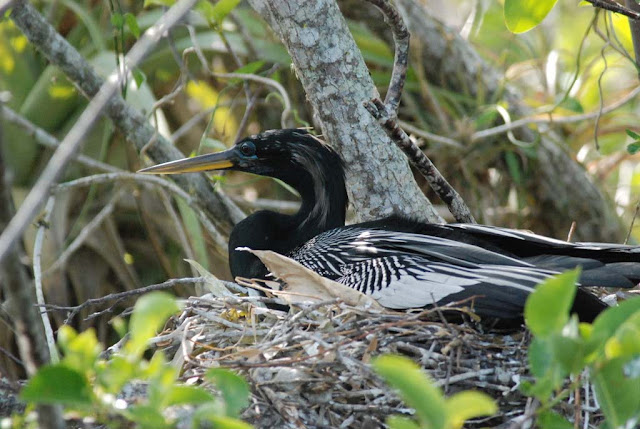


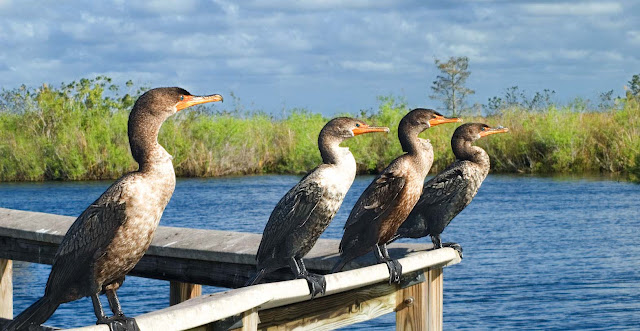






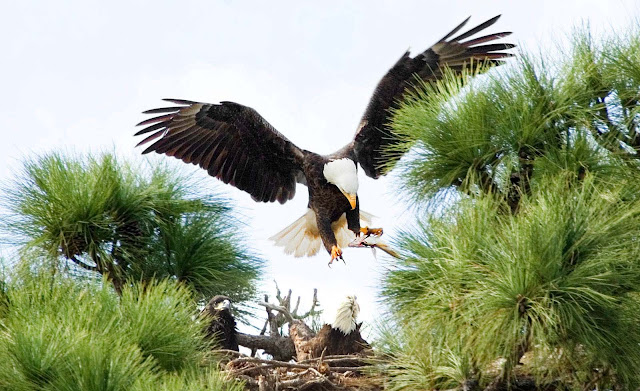



Enter your first comment!